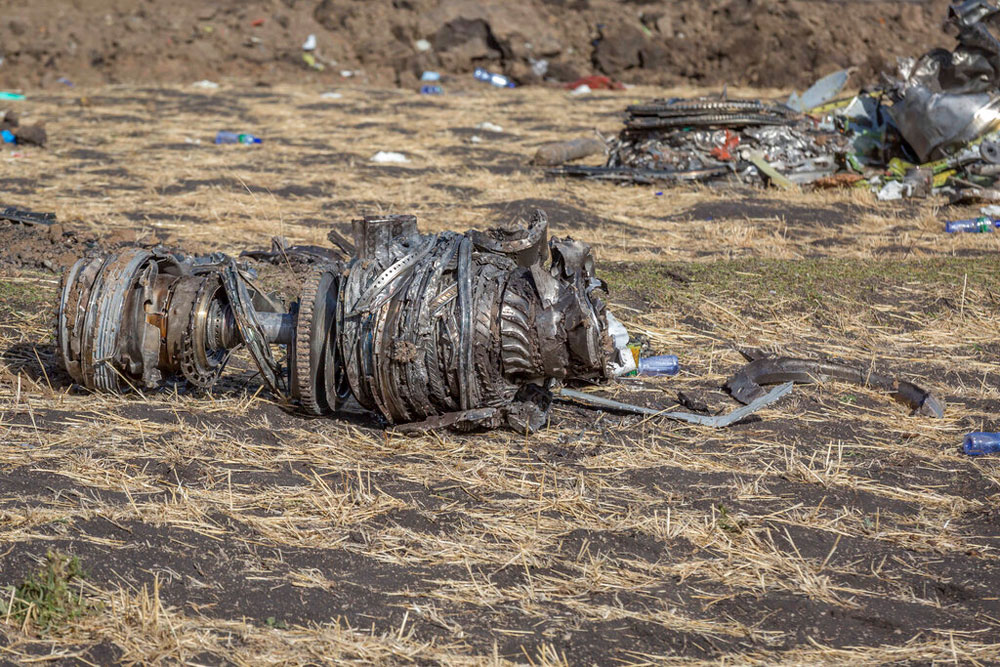As the pilots of the doomed Boeing jets in Ethiopia and Indonesia fought to control their planes, they lacked two notable safety features in their cockpits.
One reason: Boeing charged extra for them.
For Boeing and other aircraft manufacturers, the practice of charging to upgrade a standard plane can be lucrative. Top airlines around the world must pay handsomely to have the jets they order fitted with customised add-ons.
Sometimes these optional features involve aesthetics or comfort, like premium seating, fancy lighting or extra bathrooms.
But other features involve communication, navigation or safety systems, and are more fundamental to the plane’s operations.
Many airlines, especially low-cost carriers like Indonesia’s Lion Air, have opted not to buy them — and regulators don’t require them.
Now, in the wake of the two deadly crashes involving the same jet model, Boeing will make one of those safety features standard as part of a fix to get the planes in the air again.
It is not yet known what caused the crashes of Ethiopian Airlines Flight 302 on March 10 and Lion Air Flight 610 five months earlier, both after erratic takeoffs. But investigators are looking at whether a new software system added to avoid stalls in
Boeing’s 737 Max series may have been partly to blame. Faulty data from sensors on the Lion Air plane may have caused the system, known as MCAS, to malfunction, authorities investigating that crash suspect.
That software system takes readings from two vanelike devices called angle of attack sensors that determine how much the plane’s nose is pointing up or down relative to oncoming air. When MCAS detects that the plane is pointing up at a dangerous angle, it can automatically push down the nose of the plane in an effort to prevent the plane from stalling.
Boeing’s optional safety features, in part, could have helped the pilots detect any erroneous readings. One of the optional upgrades, the angle of attack indicator, displays the readings of the two sensors. The other, called a disagree light, is activated if those sensors are at odds with one another.
Boeing will soon update the MCAS software, and will also make the disagree light standard on all new 737 Max planes, according to a person familiar with the changes, who spoke on condition of anonymity because they have not been made public. The angle of attack indicator will remain an option that airlines can buy.
Neither feature was mandated by the Federal Aviation Administration. All 737 Max jets have been grounded.
“They’re critical, and cost almost nothing for the airlines to install,” said Bjorn Fehrm, an analyst at the aviation consultancy Leeham.
“Boeing charges for them because it can. But they’re vital for safety.”
Earlier this week, Dennis A. Muilenburg, Boeing’s chief executive, said the company was working to make the 737 Max safer. “As part of our standard practice following any accident, we examine our aircraft design and operation, and when appropriate, institute product updates to further improve safety,” he said in a statement.











